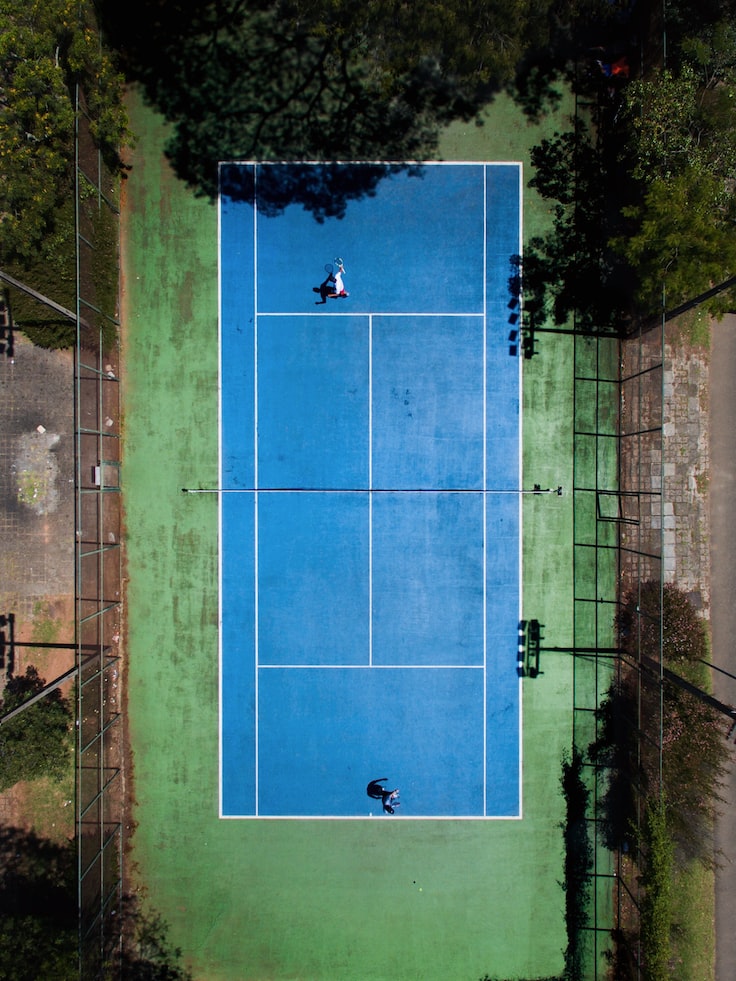Exploring the Nuances of the Padel Receiving Serve: A Comprehensive Guide
3 min read
Exploring the Nuances of the Padel Receiving Serve: A Comprehensive Guide
Introduction
Padel is a sport that is gaining popularity worldwide. This fast-paced racquet game is a combination of tennis and squash and is played on a smaller court with a lower net. It requires athleticism, strategy, and quick reflexes. One of the most crucial aspects of playing padel is the serve and the receiving of it. In this comprehensive guide, we will explore the nuances of the padel receiving serve and give you tips and tricks to improve your game.
What is the Padel Receiving Serve?
In padel, the receiving serve is the action of the player who starts the point after the opponent has served. The receiving player has to return the ball within the rules and keep the ball in play to start the rally.
The Rules of the Padel Receiving Serve
According to padel rules receiving serve, here are some essential rules that the receiver needs to follow while receiving the serve.
– The receiver has to stand on their side of the court, behind the no-volley line.
– The receiver is not allowed to cross the no-volley line until the ball is in play.
– If the ball touches the net before landing on the opponent’s court, the serve is considered a “let” and has to be repeated.
– The receiver cannot touch the net or step on the opponent’s court while playing the ball.
– If the receiver hits the ball out of bounds, then the point goes to the serving team.
Tips for Improving Your Padel Receiving Serve
To improve your game and ace the padel receiving serve, here are some tips that you can follow.
1. Be alert and focused: The key to winning the receiving serve is to be alert, attentive, and focused. Anticipate where the serve will come from and move swiftly to return the ball.
2. Place yourself correctly: Stand behind the no-volley line and position yourself according to the opponent’s serve. If the opponent serves from the left, move towards the left side of the court, and vice versa.
3. Choose the right shot: Based on the ball’s trajectory, you can choose to return with a forehand, backhand, or lob shot. Practice all three shots regularly to improve your receiving serve.
4. Control the pace: The receiver has to return the ball while keeping it in bounds and maintaining the rally. Focus on controlling the pace of your shots and avoid hitting the ball too hard or too soft.
5. Communicate with your partner: If you are playing doubles, communication with your partner is crucial. Decide who will receive the serve and coordinate with each other to return the ball.
Conclusion
The padel receiving serve is a crucial aspect of the game that requires skill and strategy. By following the padel rules receiving serve and implementing the tips mentioned above, you can improve your game and take on your opponents with confidence. Whether you are a seasoned player or a beginner, mastering the receiving serve is essential to winning matches and enjoying this fantastic sport.






